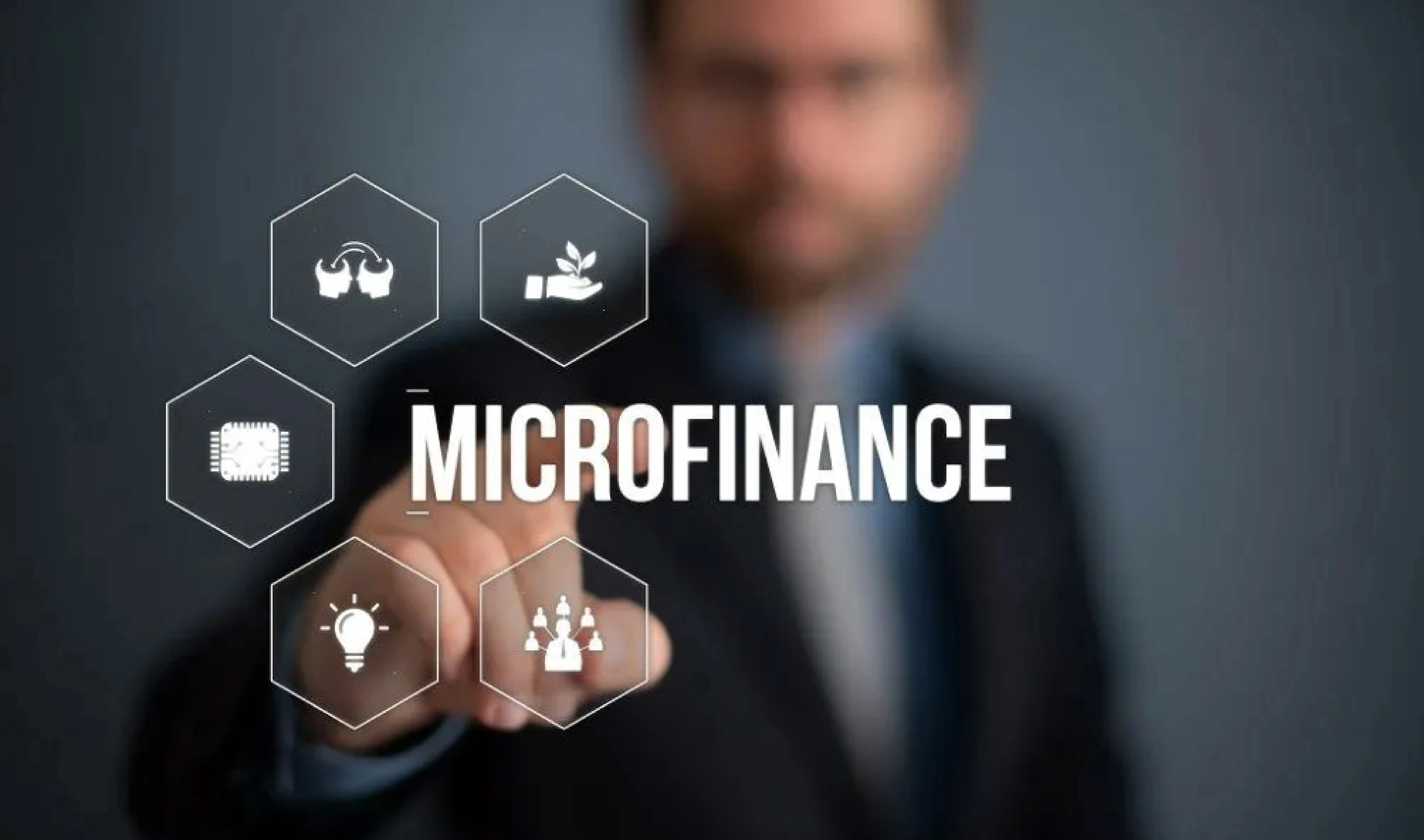According a recent report by a credit information bureau CRIF High Mark, delinquencies in microfinance sector saw a notable rise, despite overall decline in Non-Performing Assets (NPAs) of the banking sector in India.
- Microfinance is provision of thrift, credit, and other financial services and products of very small amount to the poor in rural, semi-urban and urban areas for enabling them to raise their income levels and improve their living standards.
- All collateral-free loans to individual/s belonging to low-income households (having annual income up to ₹3,00,000) are treated as microfinance loans. (RBI)
Significance of Microfinance
- Financial inclusion: Caters to almost 8 crore low-income borrowers, excluded from traditional banking.
- Rural development and poverty alleviation: Supports local industries like handicrafts, agriculture, and small-scale manufacturing and promotes self-employment, reducing dependency on seasonal or exploitative jobs.
- Women empowerment: Microfinance to women Self-Help Groups (SHGs) helping them gain financial autonomy and decision-making power.
Challenges faced by Microfinance Institutions
- Facing difficulties in raising low-cost long-term funds.
- Heightened risk when too much of their lending portfolio is concentrated in unsecured microloans, creating vulnerability.
- Debt-waiver campaigns by states to waive off debts disrupts the repayment cycle.
Microfinance Schemes in India
|




